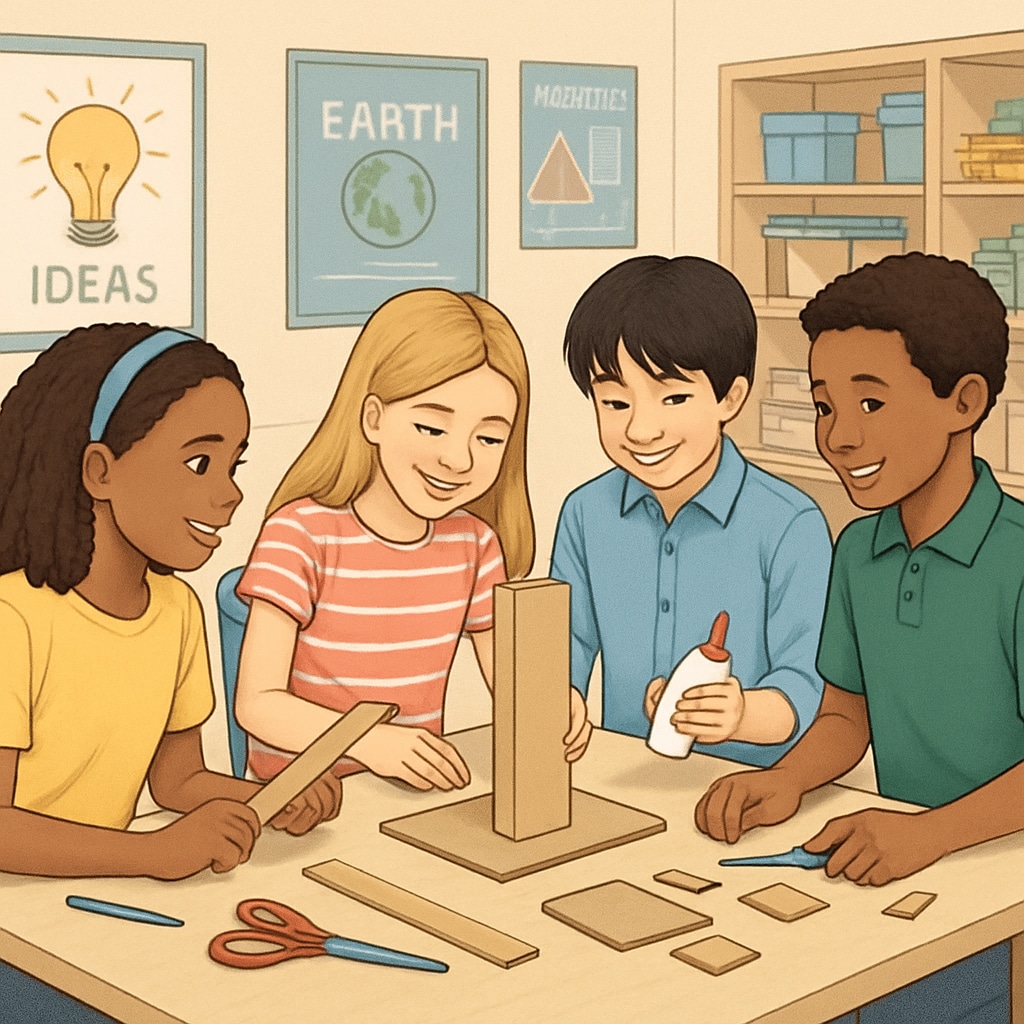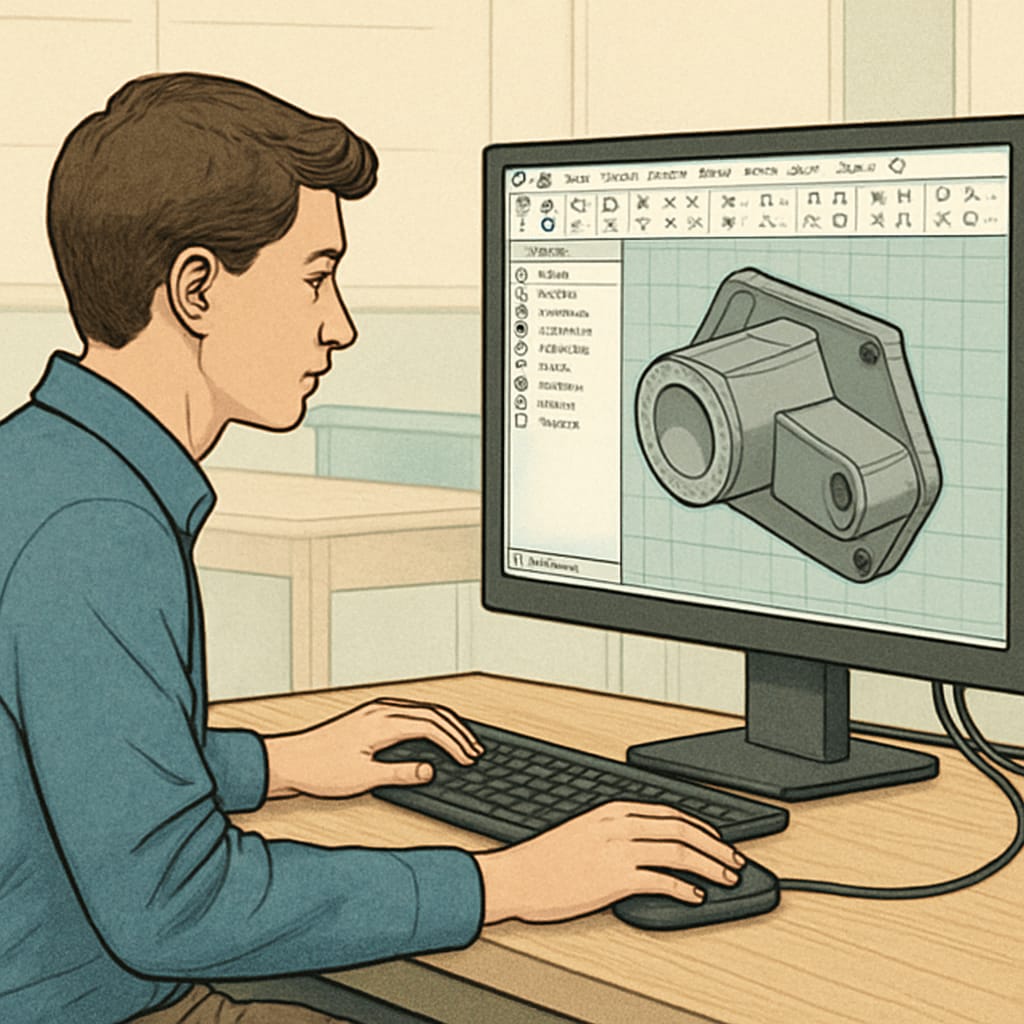The intersection of design engineering, degree choices, and career development plays a crucial role in shaping students’ futures. For K-12 students, this phase is pivotal in establishing a foundation for academic and professional success. Parents and educators must understand how early exposure to STEM (Science, Technology, Engineering, and Mathematics) influences students’ ability to make informed decisions about their educational and career pathways.

Why Early Preparation Matters for Design Engineering Careers
Design engineering is a multidisciplinary field that combines creativity, technical skills, and problem-solving. It plays a key role in industries such as automotive, aerospace, consumer electronics, and architecture. However, the journey toward a rewarding career in design engineering begins long before college. K-12 education is the ideal time to introduce students to STEM concepts and foster their interest in engineering.
Early preparation offers several benefits:
- It helps students develop critical thinking and analytical skills.
- It exposes them to various aspects of engineering, enabling informed decisions.
- It builds confidence through hands-on projects and collaborative learning.
For example, including design engineering modules in school curricula can spark student interest and lay the groundwork for future academic pursuits.
Degree Choices: Navigating the Design Engineering Pathway
When students reach the point of selecting a degree program, the options in design engineering can be overwhelming. Parents and educators play a crucial role in guiding students toward the right choice based on their strengths, interests, and long-term goals.
Common degree pathways in design engineering include:
- Bachelor’s Degree in Design Engineering: A comprehensive undergraduate program covering topics such as CAD (Computer-Aided Design), materials science, and engineering physics.
- Dual Degrees: Some universities offer programs combining design engineering with business or computer science, catering to students with diverse interests.
- Associate Degrees: Shorter programs focused on technical skills, ideal for students aiming for entry-level positions.
Choosing the right degree is essential. For instance, students interested in innovation and product development might benefit from a bachelor’s degree with hands-on internships, while those seeking practical skills may opt for an associate degree.

Practical Advice for Parents and Educators
Parents and educators can take proactive steps to support students in their journey toward a design engineering career:
- Encourage Exploration: Expose students to STEM workshops, science fairs, and engineering camps to spark curiosity.
- Provide Resources: Recommend books, online courses, and software tools like AutoCAD to develop technical skills.
- Mentorship Opportunities: Connect students with industry professionals who can offer insights into career options.
- Highlight Career Prospects: Discuss the wide range of industries where design engineers are in demand, from robotics to renewable energy.
Additionally, fostering a growth mindset and resilience in students is critical, as the design engineering field often requires adaptability and continuous learning.
The Future of Design Engineering: Opportunities for Growth
As technology advances, the demand for skilled design engineers is expected to grow. Fields like artificial intelligence, sustainable design, and 3D printing offer exciting opportunities for innovation. Students who begin their preparation early and choose the right educational pathway will be well-equipped to thrive in this dynamic industry.
By making informed decisions during their K-12 years, students can set themselves on a trajectory toward fulfilling careers in design engineering, contributing to global progress and innovation.
Readability guidance: Use short paragraphs and bullet points to summarize key ideas. Ensure smooth transitions between sections and balance technical details with accessible language. Employ real-world examples to engage readers.


